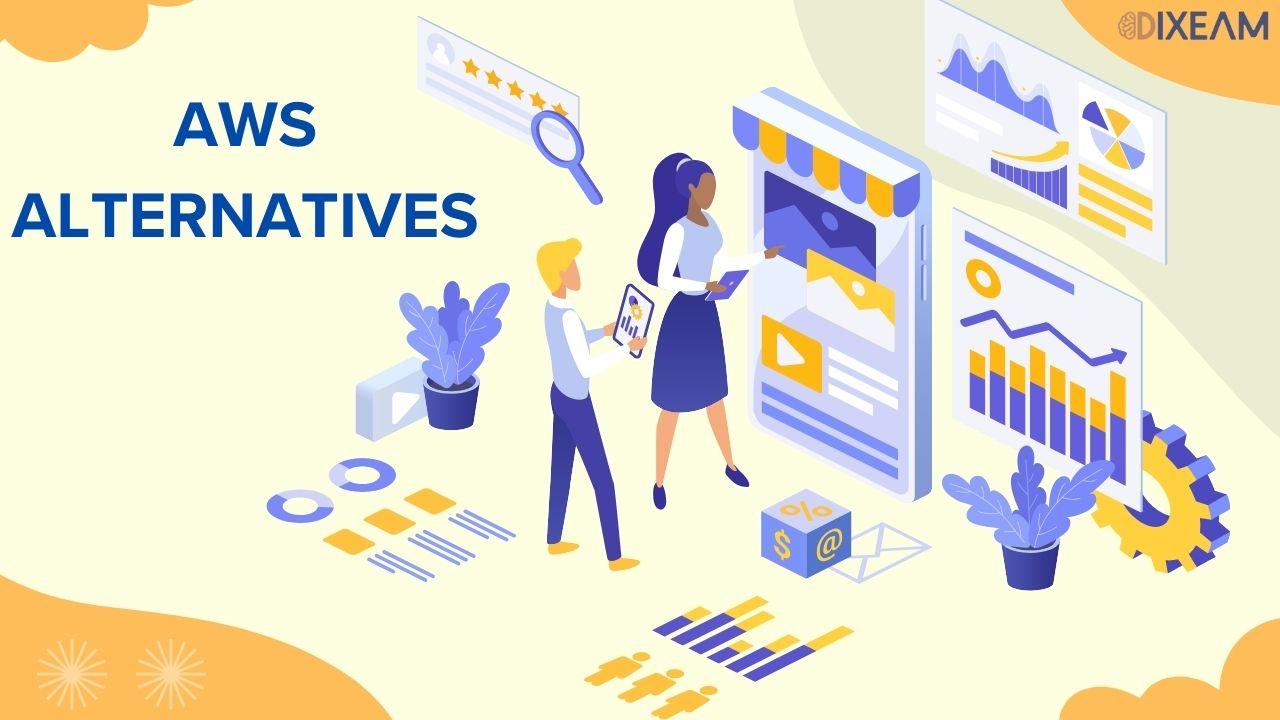Rethinking Cloud Dependence: The Growing Relevance of AWS Alternatives

The global cloud computing ecosystem has matured significantly over the past decade, and as organizations diversify their technology strategies, many are looking at AWS alternatives to achieve better flexibility, cost-efficiency, and control. Amazon Web Services has long been the industry leader, setting benchmarks for scalability, performance, and reliability. However, the growing complexity of digital infrastructure has encouraged businesses to rethink single-provider dependency and evaluate other platforms that align more closely with their operational and regulatory needs.
Several factors are fueling this exploration. The most prominent among them is cost optimization. AWS pricing models, while comprehensive, can become challenging for businesses managing unpredictable workloads or long-term projects with static resource demands. Companies with tighter budgets often seek providers offering simpler billing structures or region-specific pricing. This allows them to allocate resources efficiently without compromising service quality.
Data sovereignty and compliance have also become defining considerations. As data privacy laws tighten across different countries, particularly in regions like the European Union and India, organizations are re-evaluating where and how their data is stored. Some AWS alternatives operate local data centers or partner with domestic infrastructure providers to ensure compliance with national data protection regulations. This localized presence helps businesses meet legal obligations while maintaining low latency for regional users.
Performance optimization remains another key motivator. Businesses with specialized workloads—such as AI training, big data analytics, or media rendering—often require custom hardware configurations or GPU-based computing that some AWS competitors provide more affordably or flexibly. In many cases, alternative cloud providers are offering hybrid deployment options, allowing businesses to combine on-premise resources with cloud scalability.
Furthermore, multi-cloud strategies are increasingly becoming standard practice. Relying entirely on one provider introduces potential vulnerabilities—such as vendor lock-in, pricing shifts, or service outages. By integrating AWS alternatives into their infrastructure, organizations gain more resilience and adaptability. Multi-cloud environments enable teams to distribute workloads intelligently, leverage competitive pricing, and access niche technologies across multiple vendors.
Another emerging trend is the shift toward open-source cloud solutions. Platforms like OpenStack and Kubernetes-based systems give organizations more autonomy in managing their infrastructure. These self-managed or partner-supported setups can be more cost-effective over time, especially for enterprises with in-house technical expertise. They also provide greater customization potential compared to rigid cloud service models.
Sustainability is gradually influencing cloud decisions as well. Data centers consume significant energy, prompting environmentally conscious businesses to consider providers with strong commitments to renewable power usage and carbon-neutral operations. Some smaller providers are prioritizing green infrastructure as part of their core identity, catering to this growing demand.
While AWS continues to dominate the market with its extensive ecosystem and integrations, the momentum behind alternative providers is not about direct competition—it’s about diversity and control. Each business has unique infrastructure goals, and a one-size-fits-all approach no longer fits the evolving digital landscape. Whether it’s for data localization, cost management, or compliance assurance, organizations now recognize the strategic value of distributing their workloads across multiple vendors.
As the cloud industry continues to evolve, the conversation is shifting from who provides the cloud to how it aligns with specific needs. Businesses adopting a multi-provider model are better positioned to stay agile in the face of regulatory changes, economic pressures, and technological disruption. The increasing awareness and adoption of aws alternatives highlight this transition toward more distributed, adaptable, and transparent cloud ecosystems.
- Art
- Causes
- Crafts
- Dance
- Drinks
- Film
- Fitness
- Food
- Jeux
- Gardening
- Health
- Domicile
- Literature
- Music
- Networking
- Autre
- Party
- Religion
- Shopping
- Sports
- Theater
- Wellness



